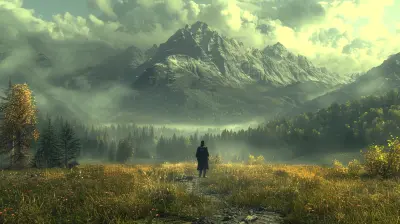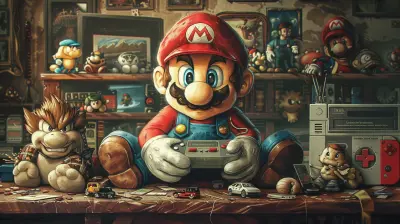Exploring the Role of Storytelling in RTS Campaigns
25 May 2025
Let's face it: Real-Time Strategy (RTS) games are like intricate chess matches on steroids. You’ve got fast-paced action, mind-bending strategies, and enough micromanaging to make your head spin. But there’s an unsung hero in many RTS campaigns that often sneaks under the radar—the storytelling. Yeah, you heard me. It’s not just about outwitting your opponent or rushing to build a stronger army. A solid story? That’s the glue holding the chaos together.
Think about it. Without a compelling narrative, aren’t we just clicking buttons and sending little pixel soldiers to knock on the enemy’s door? Boring, right? So why is storytelling such a game-changer in an RTS campaign? Grab a coffee (or your beverage of choice), and let’s dig in. 
Why Storytelling Matters in RTS Games
Picture this: You’re a general commanding vast armies across massive battlefields. There are dozens of things to manage in every second of gameplay—resource gathering, unit production, tactical positioning. Amid this beautiful chaos, a good story is like the map that keeps you grounded.Storytelling gives meaning to all this madness. It transforms your endless series of battles into something larger than life. Are you liberating a downtrodden people? Fighting to save your homeworld? Leading a rebellion against a tyrannical empire? Those main plot threads give you purpose and make you feel like the fate of the universe rests on your shoulders. No pressure, right?
But let’s dig deeper. Why does it really matter?
Stories Ignite Emotional Investment
Let’s be real—emotions drive connection. A well-told RTS story will make you care about the factions, characters, and sometimes even the faceless units scurrying around the battlefield. It’s the difference between saying, “I need to protect this base because it’s my objective” and “I need to protect this base because it belongs to the last free city of a resistance movement that’s depending on me to survive.”Emotional stakes elevate gameplay. Suddenly, every decision you make carries weight. Should you risk resources on that desperate flank maneuver? Can you survive long enough to save your allies? The narrative transforms your actions into personal triumphs—or gut-punching failures.
World-Building Turns Maps Into Living Worlds
Without storytelling, RTS maps are just play spaces. They’re flat canvases for you to paint your strategic masterpiece. But when you sprinkle in world-building, those maps come alive.Take StarCraft, for example. Every planet you battle on feels unique because the lore fleshes out its history, environment, and political significance. You aren’t fighting on some randomly generated desert map—you’re fighting for control of Korhal, the nerve center of the Terran Dominion.
World-building makes us care. It helps the game world feel alive, and in doing so, it keeps us glued to our screens longer than we'd care to admit. 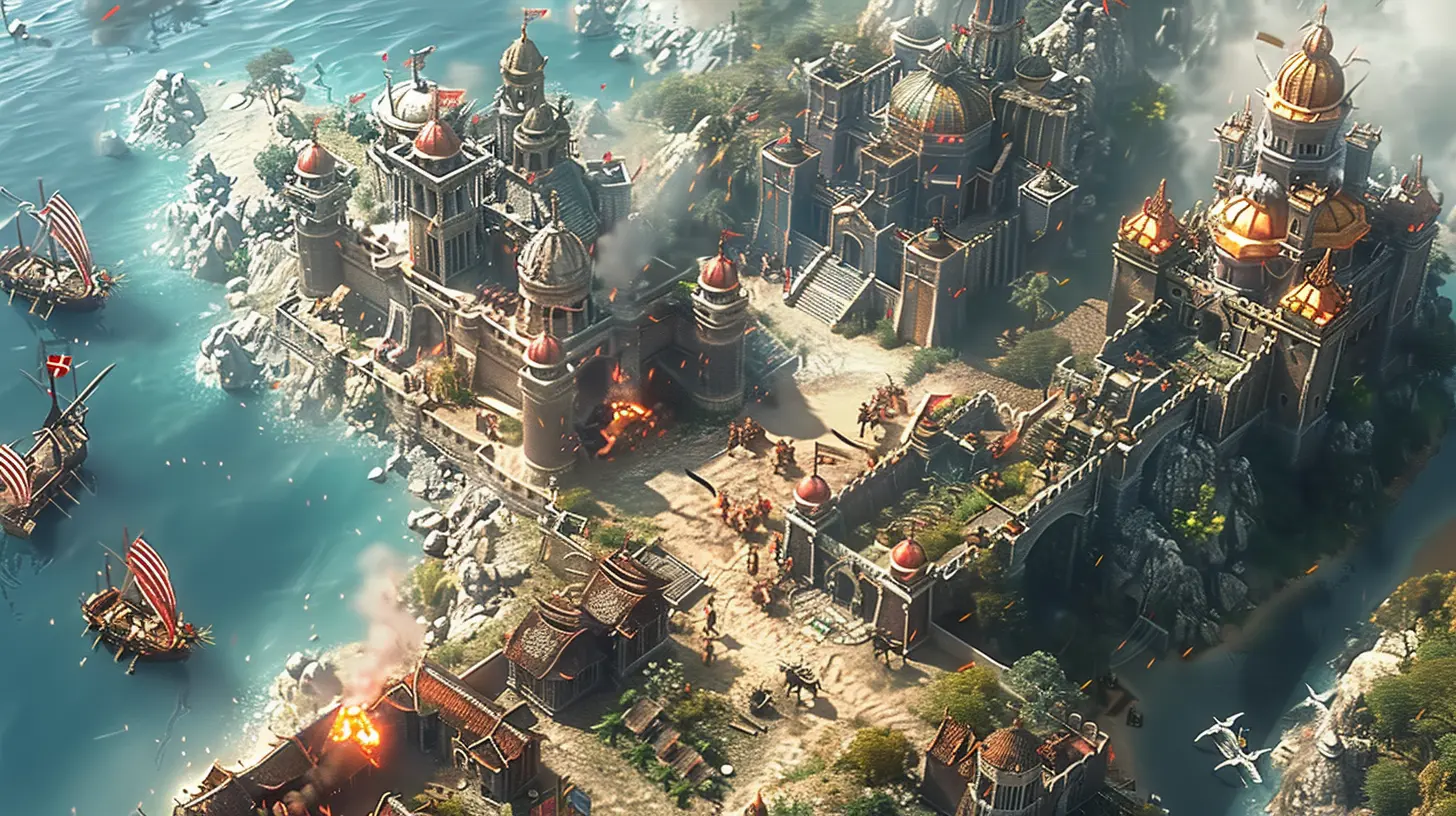
The Evolution of Storytelling in RTS Campaigns
RTS storytelling wasn’t always sophisticated. In fact, it kind of grew up alongside gaming itself. Let’s take a brief stroll down memory lane.The Early Days: Bare-Bones Narratives
The earliest RTS games? Minimalist storytelling, to put it kindly. Think Command & Conquer or the original Warcraft. Sure, they had plots, but they were straight-up basic. You’d get a short briefing screen, maybe a couple of cutscenes, and ta-da! You were off to conquer the world.But hey, it worked for the time. Those simple narratives gave early RTS games their structure without distracting from the core gameplay. And while they didn’t exactly blow your mind, players still appreciated having some context for their endless battles.
The Golden Era: Cinematic Masterpieces
Then came the late ’90s and early 2000s—a golden age for RTS storytelling. Games like StarCraft, Warcraft III, and Age of Empires started using advanced cinematic cutscenes, complex characters, and morally gray conflicts. This was storytelling that stuck.Take Warcraft III, for instance. It didn’t just give you one campaign—it handed you several campaigns told from different perspectives. One minute, you’re Arthas, the noble paladin spiraling into darkness. The next, you’re Thrall, leading the Orcs to redemption. It felt like reading an epic fantasy novel, with every chapter bringing new twists and turns.
Modern RTS: The Story-Gameplay Hybrid
Today’s RTS campaigns? They’re in a league of their own. Developers are blending storytelling with gameplay in ways that genuinely complement each other. Missions are no longer just “build an army and destroy the enemy.” They’re intricately designed to reflect and enhance the narrative.Case in point: Company of Heroes 2. Its campaign doesn’t just tell you about the brutal conditions of the Eastern Front during World War II—it makes you feel them. The resource scarcity, the punishing weather, the relentless assaults—it all serves the story. 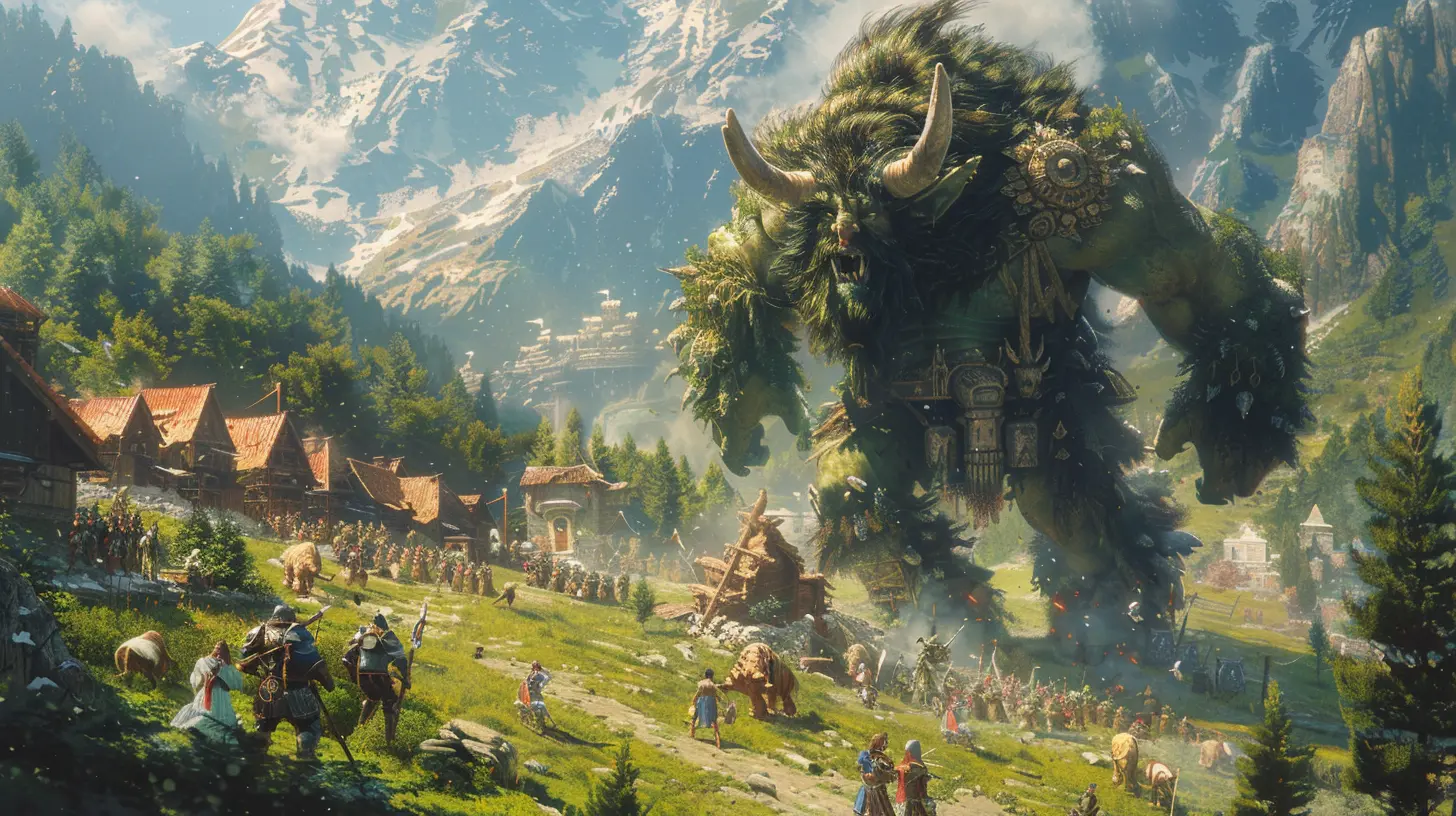
Techniques Developers Use to Craft Memorable RTS Stories
Want to know the secret sauce behind an unforgettable RTS campaign? Let’s break it down.1. Compelling Characters
Characters are the heart of any good story, and RTS campaigns are no exception. Whether it’s the ruthless Kerrigan in StarCraft or the arrogant General Duke in Red Alert, memorable characters add depth and personality to the experience.Here’s the kicker: RTS characters aren’t always the protagonists. Sometimes, it’s the villains who steal the show. A well-written antagonist can make you burn with rage or admire their brilliance, and either way, they stay in your head long after the game’s done.
2. Dynamic Mission Objectives
Gone are the days of rinse-and-repeat missions. Modern RTS campaigns throw curveballs to keep you engaged. One mission might ask you to defend a fort under overwhelming odds, while the next has you leading a stealthy sabotage operation behind enemy lines. These varied scenarios amplify the narrative.Ever played Command & Conquer: Generals? Each faction’s missions felt distinct, keeping you on your toes while delivering a story full of global conflict and intrigue.
3. Cinematic Flair
Let’s take a moment to appreciate cutscenes. A well-done cinematic can elevate an RTS campaign to blockbuster status. It’s like a mini reward for your hard work—sit back, relax, and enjoy the story unfolding.Remember Homeworld? Its stylized cutscenes, paired with an incredible soundtrack, told a story of loss, hope, and survival. It wasn’t just a game; it was an emotional journey. 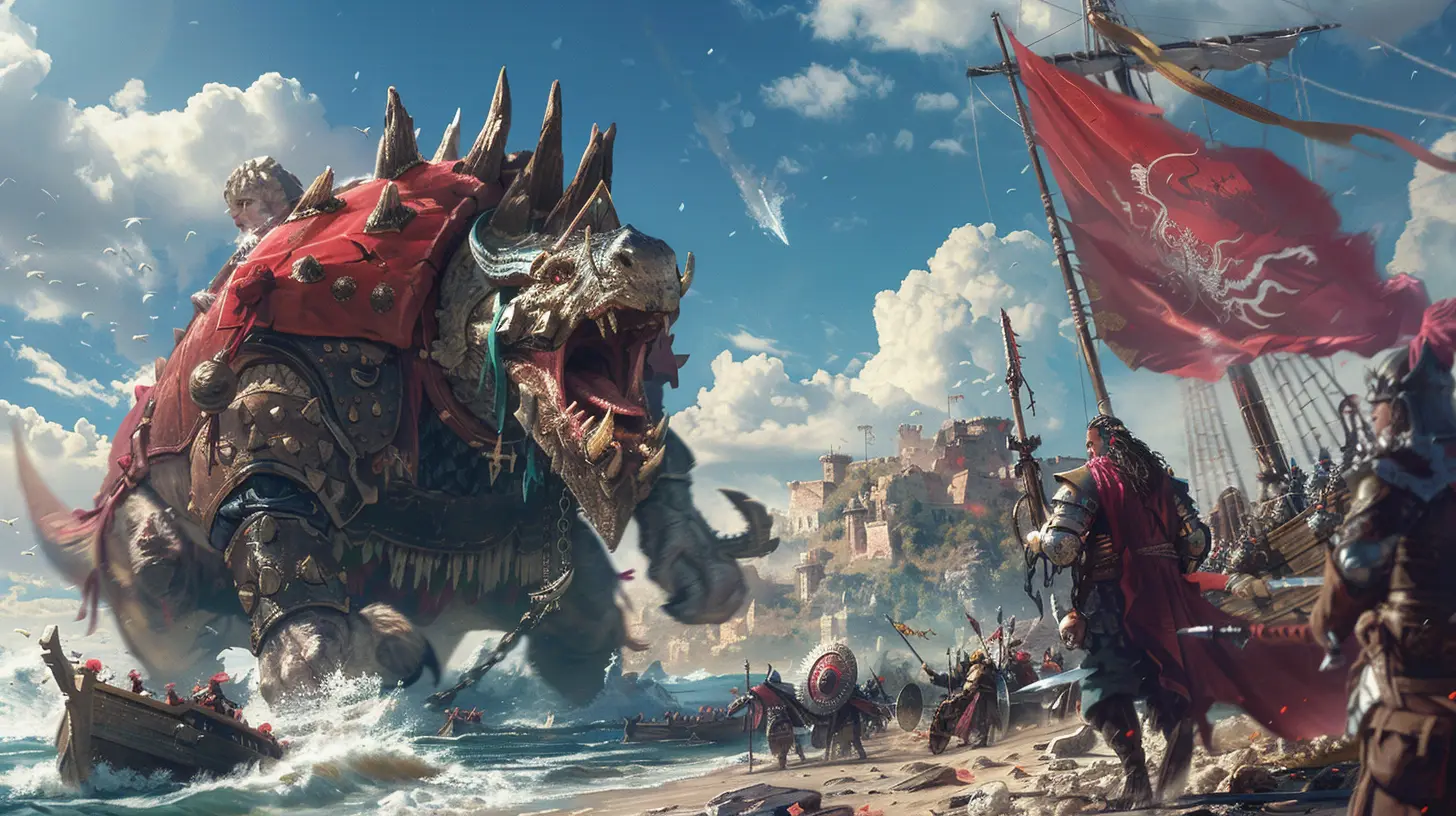
Why Balancing Story and Gameplay Is Tricky
Here’s the thing: Not everyone’s a fan of storytelling in RTS games. Some players just want action and couldn’t care less about politics, betrayal, or cosmic entities. Finding the right balance between narrative depth and gameplay is an art.Too much story? You risk alienating players who live for strategy. Too little story? You lose the emotional connection. It’s a tightrope that developers have to walk with every RTS campaign they create.
But when they nail it? Oh, it’s magic. It’s like putting together a flawless mixtape—every element works in harmony to deliver an unforgettable experience.
The Future of RTS Storytelling
So, what’s next for storytelling in RTS games? We’re already seeing trends like branching narratives, where your choices shape the story. Ashes of the Singularity: Escalation hinted at this by giving players control over certain story decisions.And with advancements in AI, who knows? Maybe future RTS games will craft stories that adapt dynamically to your gameplay style. Want a more ruthless antagonist because you’re crushing the campaign? The game could tweak the narrative to up the stakes.
We’re basically standing at the edge of a storytelling revolution, and RTS campaigns are primed to take full advantage.
Final Thoughts
RTS games are about more than resource management and tactical battles. Storytelling breathes life into these experiences, connecting players to the worlds they conquer and the characters they control. Whether it's through epic sagas, dynamic missions, or unforgettable villains, a great story amplifies what makes RTS games so addictive in the first place.So next time you’re commanding armies in your favorite RTS, take a moment to appreciate the narrative threads woven into the chaos. Who knows? It might just make that victory feel a little sweeter.
all images in this post were generated using AI tools
Category:
Real Time StrategyAuthor:

Emery Larsen
Discussion
rate this article
4 comments
Diesel Adams
Great insights on the importance of storytelling in RTS campaigns! It's fascinating how narrative enhances gameplay and engagement. Looking forward to more discussions on this topic!
June 20, 2025 at 2:44 PM

Emery Larsen
Thank you! I'm glad you found the insights valuable. I look forward to more discussions on how storytelling can elevate RTS experiences!
Whitney McLean
Great insights! Storytelling truly elevates RTS campaigns!
June 7, 2025 at 4:41 AM

Emery Larsen
Thank you! I'm glad you found it insightful. Storytelling really does add depth to RTS campaigns!
Samantha Strickland
Storytelling in RTS campaigns elevates gameplay, immersing players in rich narratives that enhance strategy. A captivating story is not just a backdrop—it's integral to player engagement and experience.
May 29, 2025 at 5:09 PM

Emery Larsen
Thank you for highlighting the importance of storytelling in RTS campaigns! A compelling narrative truly does enhance immersion and enrich the overall gaming experience.
Orion Palmer
Ah, storytelling in RTS—where epic battles meet plot twists! Nothing like strategizing a siege while simultaneously pondering if the knight’s love life will survive the orc invasion. Let’s be honest, who needs romance when you’ve got pixelated chaos and resource management drama?
May 26, 2025 at 4:16 PM

Emery Larsen
Absolutely! Balancing epic battles with character-driven narratives adds depth to RTS campaigns, making the experience richer and more engaging. It's all about those unexpected plot twists amidst the chaos!

